Your cart is currently empty!
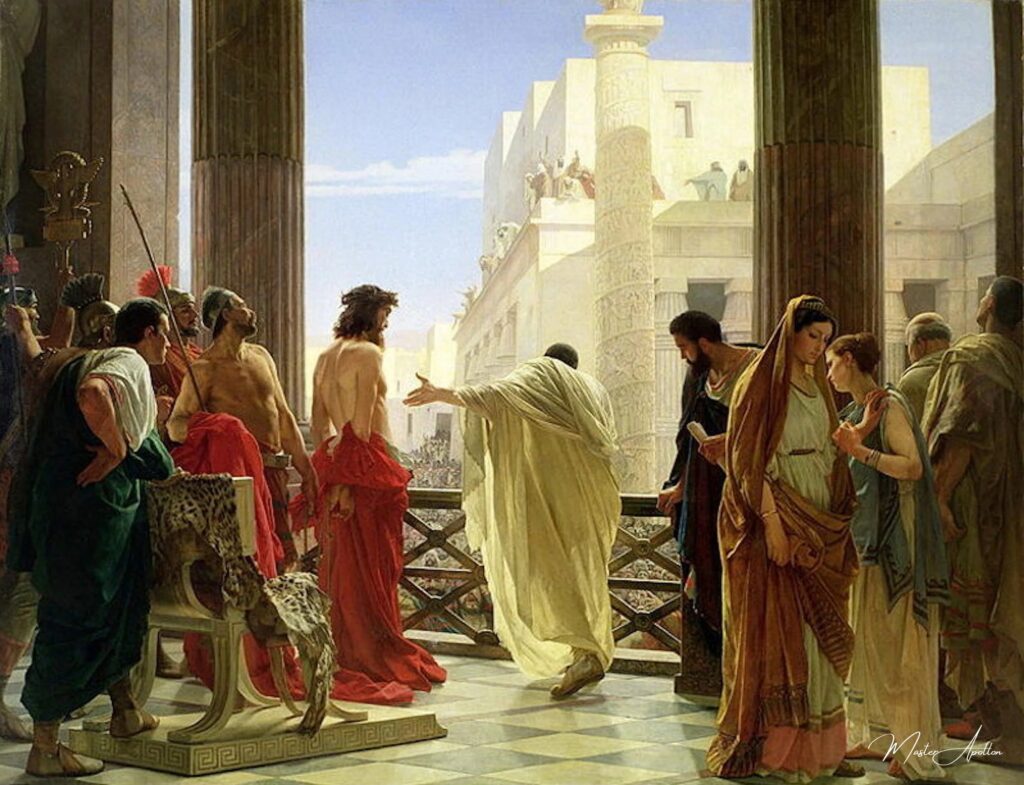
Behold the Man! – Antonio Ciseri
Experience the profound beauty of “Behold the Man!” by Antonio Ciseri, a breathtaking oil painting reproduction that transcends mere decoration to become a centerpiece of emotional resonance in your home or office. This stunning masterpiece, crafted with the highest quality materials and an unwavering commitment to detail, captures the very essence of Ciseri’s original work, inviting you to imm…
Ecce Homo: A Reflection on Sacrifice, Redemption, and Humanity
Antonio Ciseri’s painting Ecce Homo captures a pivotal moment in the Passion narrative, where Pontius Pilate presents a scourged Jesus to the crowd, prompting their judgment. This powerful artwork not only serves as a visual representation of a significant biblical event but also invites viewers to reflect on profound themes of sacrifice, redemption, and the moral choices faced by humanity.

The Central Figure: Jesus Christ
At the heart of Ecce Homo lies the figure of Jesus Christ, depicted in a moment of both agony and grace. Ciseri masterfully portrays Christ with a “serene yet suffering expression,” which conveys a striking balance of “both vulnerability and dignity.” This duality encapsulates the essence of Christ’s suffering—His physical pain juxtaposed with an unwavering spiritual strength. The crown of thorns that adorns His head symbolizes the mockery and humiliation He endured, while the purple robe signifies a false claim to royalty, a bitter irony that underscores the cruelty of His fate.
The meticulous rendering of Jesus’s features, including the gentle contours of His face and the soulful gaze in His eyes, evokes a deep emotional response from the viewer. Ciseri’s attention to detail ensures that Christ’s expression resonates with authenticity, prompting contemplation on the weight of His sacrifice. This focus on Jesus as the central figure draws the audience into the emotional core of the narrative, compelling them to engage with the themes of suffering and redemption embodied in His character.
Contrasting Reactions: A Spectrum of Emotion
Surrounding Jesus are various figures, including Roman soldiers, onlookers, and members of the crowd, each exhibiting a distinct emotional response to His presentation. Their reactions range “from disdain to pity,” showcasing a diverse spectrum of humanity’s response to suffering. Some figures express contempt, their expressions and body language reflecting a callous disregard for Jesus’s plight, while others display a sense of compassion, their faces softening in recognition of His humanity.
This contrast in reactions amplifies the tension of the scene, highlighting the varying moral choices individuals face when confronted with suffering. Ciseri’s portrayal serves as a mirror for society, prompting viewers to reflect on their own responses to injustice and suffering in the world. The crowd’s judgment of Jesus serves as a powerful reminder of humanity’s tendency to reject or overlook the pain of others, urging a deeper contemplation of compassion and empathy in the face of suffering.
The Dramatic Use of Light and Shadow
Ciseri employs chiaroscuro—a technique that contrasts light and dark—to heighten the drama of the scene. The interplay of light and shadow enhances the emotional intensity, emphasizing the dichotomy between Christ’s divine innocence and the harshness of His fate. Jesus is illuminated as the focal point, surrounded by darker, shadowy figures that represent the forces of oppression and disdain.
This dramatic lighting serves to isolate Christ, highlighting His purity and the gravity of His sacrifice against the backdrop of human judgment. The shadows enveloping the crowd symbolize the moral ambiguity and darkness within humanity, suggesting that the true judgment lies not only in the hands of Pilate and the crowd but also within the hearts of individuals who must grapple with their own moral choices.
Detailed Realism: A Testament to Human Experience
One of the hallmarks of Ciseri’s work is his meticulous attention to detail. The textures of the fabric in the garments, the expressions of the figures, and the overall composition contribute to a profound sense of realism that invites viewers to step into the scene. The intricate details of the clothing worn by the soldiers and bystanders evoke a sense of historical authenticity, while the raw emotions etched on their faces bring the narrative to life.
Ciseri’s realism adds a layer of depth to the painting, allowing viewers to connect with the figures on a personal level. The expressions of sorrow, anger, and indifference displayed by the onlookers serve to remind us of the complexity of human emotions in the face of suffering. This attention to detail transforms the painting from a mere representation of a biblical event into a timeless reflection on the human condition, evoking empathy and introspection.
Themes Explored: Sacrifice, Redemption, and Moral Choices
Ecce Homo is not just a depiction of a single moment in history; it is a rich exploration of multifaceted themes that resonate throughout the ages. The painting invites contemplation on sacrifice—the ultimate act of love and redemption. Jesus’s suffering and the events leading up to His crucifixion serve as a poignant reminder of the lengths to which one can go for the sake of others.
Moreover, the painting raises important questions about humanity’s moral choices. The crowd’s judgment of Jesus reflects a broader commentary on the human tendency to either embrace or reject those who suffer. It challenges viewers to consider their own responses to injustice and suffering, urging them to reflect on the importance of compassion and empathy in the face of adversity.
As Ciseri invites us to witness this dramatic moment, he prompts us to confront our own moral compasses. The painting serves as a call to action, urging viewers to choose compassion over indifference and to recognize the dignity in every individual, especially those who suffer.
Conclusion
Antonio Ciseri’s Ecce Homo is a poignant and dramatic portrayal of a critical moment in the Passion narrative, encapsulating the profound themes of sacrifice, redemption, and humanity’s moral choices. Through his masterful depiction of Jesus Christ, contrasting reactions of the crowd, dramatic use of light and shadow, and meticulous attention to detail, Ciseri invites viewers to engage deeply with the emotional and ethical dimensions of the scene.
The painting stands as a timeless reminder of the complexities of the human experience, encouraging contemplation on the nature of suffering and the choices that define our humanity. In presenting this moment of judgment, Ciseri compels us to reflect on our own responses to suffering and to choose empathy, compassion, and dignity in our interactions with others. In a world often marked by division and strife, Ecce Homo serves as a beacon of hope, urging us to embody the values of love and understanding that transcend time and place.
Antonio Ciseri
Antonio Ciseri was a prominent 19th-century Italian painter known for his dramatic and emotional religious scenes, particularly his renowned work “Ecce Homo,” which captures the moment of Christ’s presentation to the people.
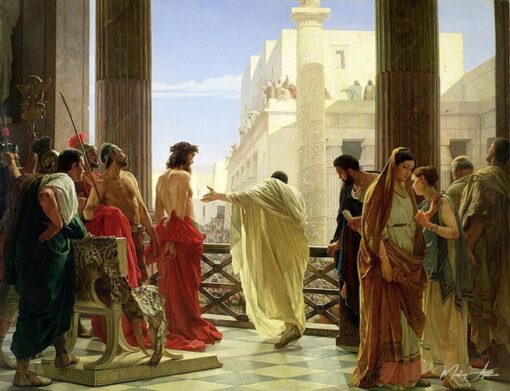
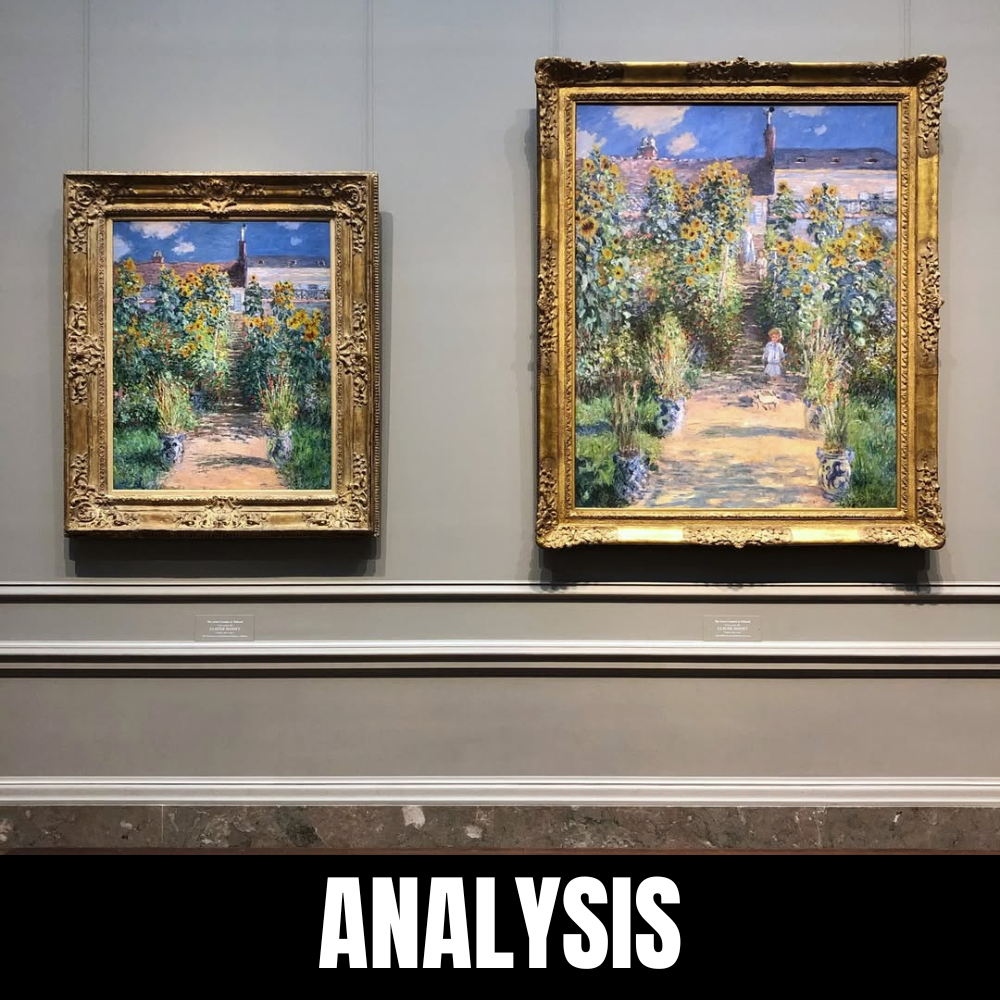
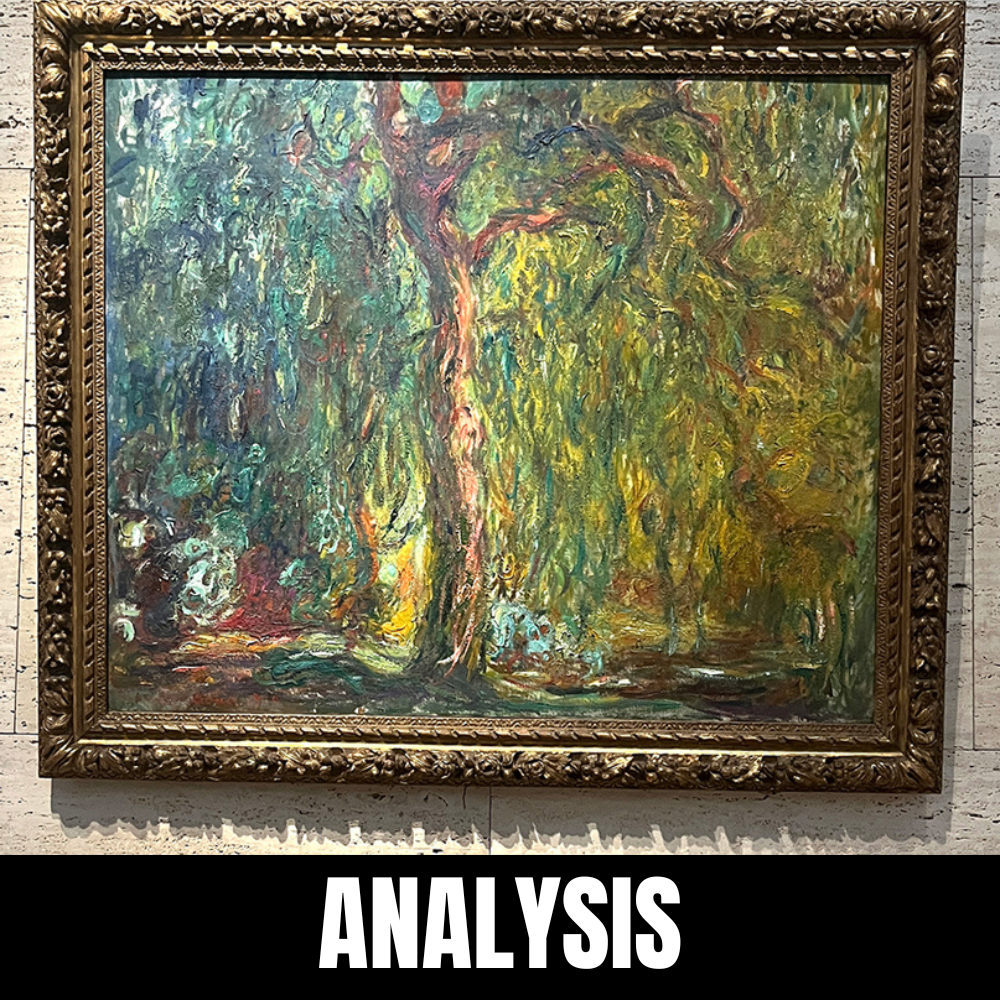
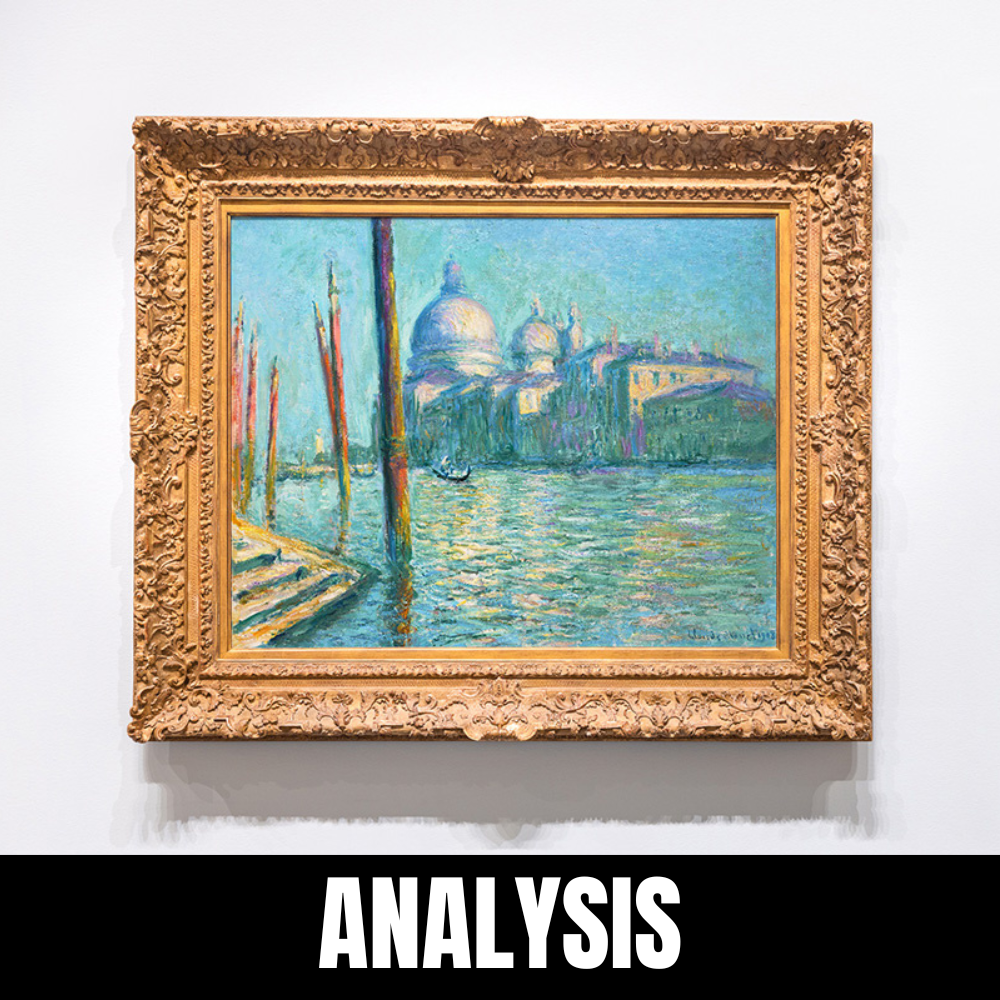
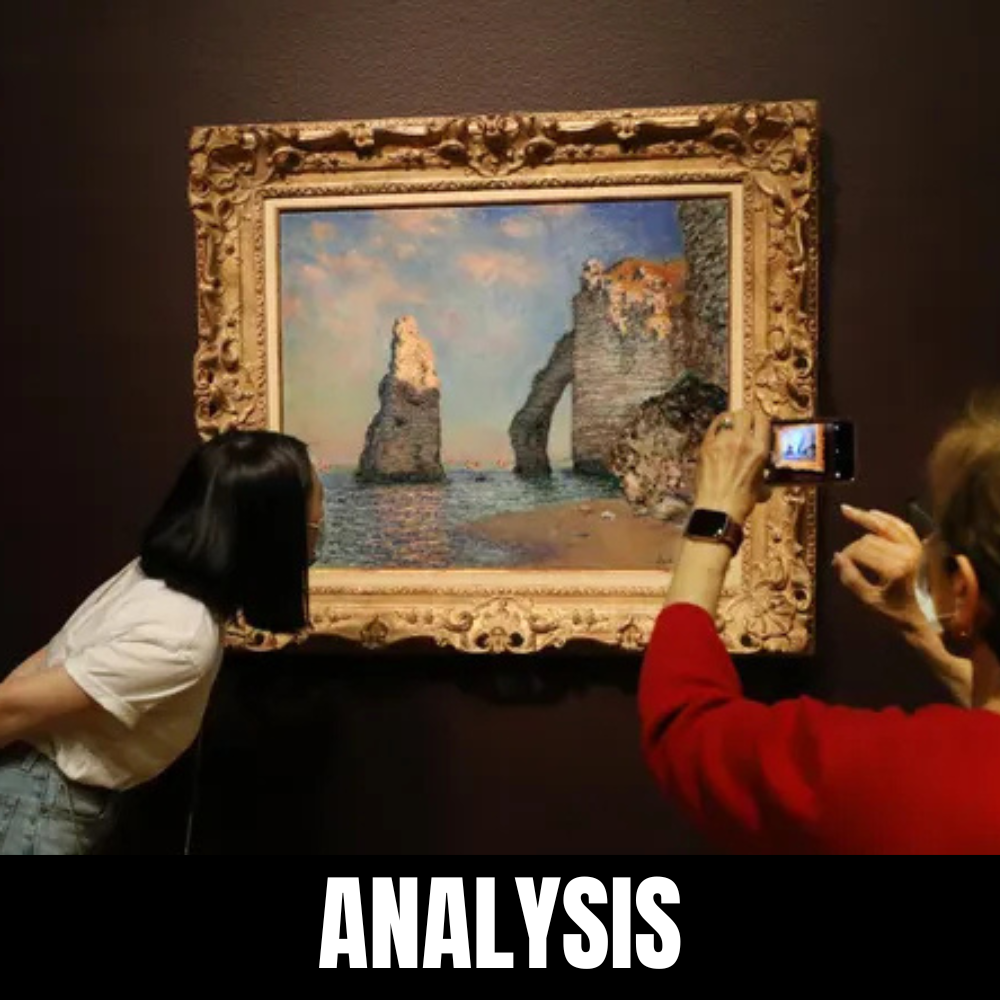
Leave a Reply